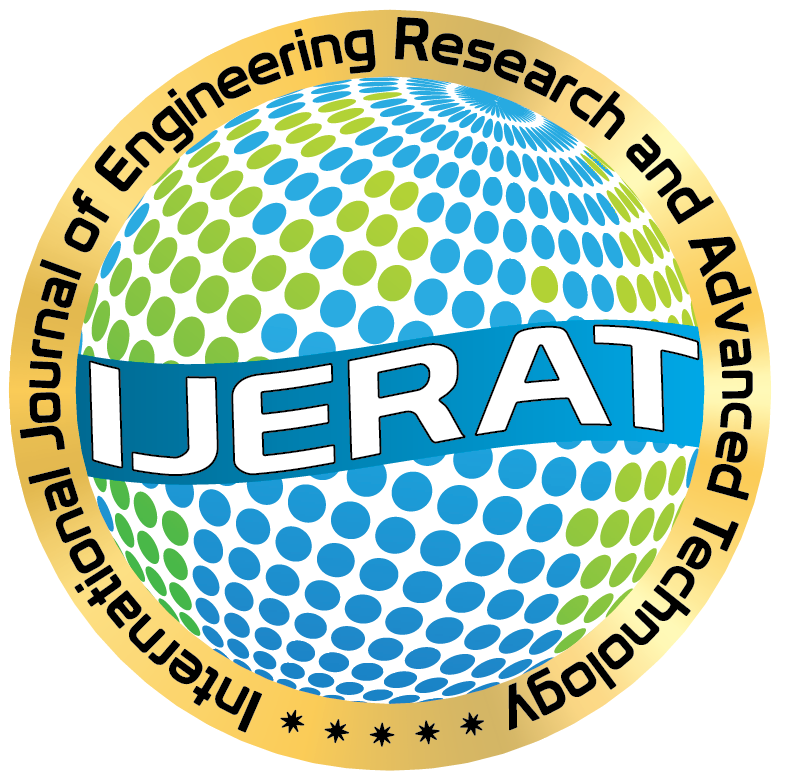Techno-Economic Analysis of Hybrid Renewable Energy Power Network for New Community in Egypt, Case Study New El-Farafra Oasis
DOI:
https://doi.org/10.31695/IJERAT.2018.3268Keywords:
Photovoltaic energy (PV), Hybrid System, Biomass, HOMER, Renewable Energy, Energy Storage.Abstract
Renewable energies play an indispensable role in remote areas where the electricity grid is not accessible. Photovoltaic energy (PV), wind energy and biomass energy have been included among the most of renewable energy sources. Hybrid systems are considered the most pragmatic solution for remote areas in off-grid. Combination between these energies to expedient the load requirements with reliable, economical and sustainable energy supply is considered as a critical concern. This paper reflects a techno-economic analysis of hybrid renewable energy power network for new Community in Egypt, EL-Farafra Oasis as a case study. The hybrid system proposed in this paper includes three renewable energy sources, namely, PV systems, wind turbines and biomass generators. The estimated community loads are residential, commercial, small-scale industrial and agricultural. The whole combined system is optimized using the Hybrid Optimization Model for Electric Renewable (HOMER) simulation tools while ranking the system suitability. The results show that the best scenario for the combination is the PV / wind / Biomass / Battery system with the minimum cost of energy (COE) equal 0.293 $ / kW. The optimal hybrid system is 30.687 MW PV-array, 13.5 MW wind turbines, 46 MW biomass generator, generic 1 KW.hr lead-acid battery (117,089 strings) and system converter (32.911 MW) with a dispatch strategy of load following. The optimum design of the proposed system can supply the electric power required for community loads continuously, therefore the combined system proposed is a good Surrogate system that could be implemented in the newly proposed community.








